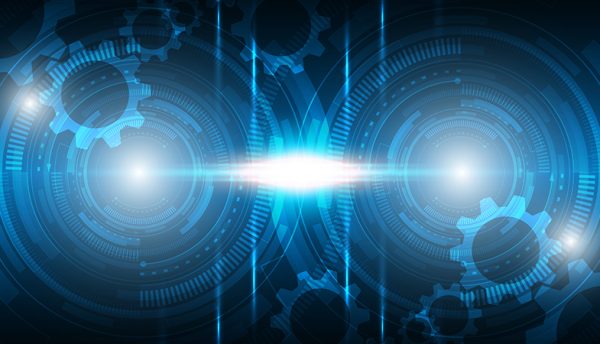Data centre managers are constantly looking for innovative ways to keep costs down and sustainability targets on track, particularly when it comes to power. Dave King, Senior Product Marketing Manager, Cadence, considers the advantages of using digital twin technology, including efficiencies and reliability benefits.
Digital infrastructure in data centres relies on an uninterrupted, reliable supply of power. Clients expect round-the-clock access to their servers, storage systems and networking equipment – none of which are available if there are disruptions to their data centre’s power. So, even while juggling various considerations, such as cooling and space limitations, maintaining power should be viewed as the top priority for data centre engineers. Though these other concerns can be detrimental to business functions, breaks in power supplies can have severe consequences, so carry a need for precision. Fortunately for data centre engineers, digital twins can support the careful management of power supplies.
Data centre power capacity
Comprehensive power planning can only be achieved once engineers have an in-depth understanding of their available power capacity. For example, to gain a definite answer about the power drawn to a specific piece of infrastructure, engineers need more knowledge than just measured data of historical power from specific panels or breakers. Without it, they will likely be unaware of possible knock-on effects when they make a change.
Of course, additional servers will use more power, but how much depends on their workloads and even that will vary depending on the work they’re doing. For instance, are they machines that run periodic, resource-intensive jobs, pushing up consumption? Or are they Disaster Recovery systems that generally lie dormant, running idle until a failover from another centre requires them to function? Together, these variations make it difficult for managers to understand how much power is being consumed at any one time.
In the past, managers typically tracked and measured power usage on spreadsheets. However, spreadsheets are manually built with complex calculations and human error often occurs, including when they are handed on from person to person as employees leave. As such, they are often incapable of providing accurate, granular insights and enabling effective planning – particularly when forecasting power demands. Data centre digital twins are the modern solution, providing 3D replicas of physical data centres. This is a key alternative to spreadsheets, giving complete visibility over the power system and offering zero disruption when passed between users.
With digital twins, managers can make assured changes to power systems. They can illustrate the power draw if the equipment ran at full load over any given period, show if installing more equipment would overload breakers and enable managers to work out how to balance three-phase power to prevent loss of capacity and inefficiencies. Rather than inputting their own calculations, engineers can rely on software to do all the maths, then visualise their options to make risk-free, educated choices.
Reducing costs
Aside from reducing risk, digital twins can also reduce expenditure. The same efficiencies that improve safety also cut down the amount of time it takes to make confident decisions – reducing time spent on each project and improving cost margins.
They also cut costs by improving system resilience. Power-related outages account for over 40% of significant outages. Digital twins help managers achieve better visibility over power loads in the data centre – including simulating failure, which is a particularly effective method for avoiding outages and the costs they incur.
Solving stranded capacity
Digital twins can also help control costs by preventing the age-old challenge of stranded capacity, which wastes physical resources as well as money. A common example of this is when power delivery and cooling delivery are mismatched – resulting in one or the other becoming stranded. This occurs when the manager can’t use all the cooling available as they have insufficient power or have run out of cooling before all power distributed to the rack has been completely used. By using a digital twin to see how these are distributed within data centres, managers can match both power and cooling so neither becomes stranded.
Implementing a digital twin
A key consideration when implementing digital twins is engineers’ understanding of power connectivity. Without a firm grasp of this and the capacities of each component in the chain, the digital twin cannot be effectively utilised.
How the centre tracks which socket rack equipment is plugged into is another core factor. Engineers could just know which equipment is connected to which power strips, though preferably, they would have insight into specific socket connections as this helps identify potential points of failure. Many facilities don’t do this, as tracking connectivity to this level of detail without a digital twin is a lengthy process. A digital twin can support management regardless, but they can offer more specific identification of issues when they monitor at a granular level.
Modernising power management practices
The strong capabilities digital twins use to enhance decision-making and power allocations, as well as prevent stranded capacity, give them the potential to revolutionise data centre power management. With data centres becoming increasingly complex and power demands rising, using digital twins to manage power will go beyond strategic choice. Instead, it will become vital for any organisation that wants to be competitive. They will enable operators to unlock efficiency, reliability and cost savings across their power management practices at a level never possible before.
Click below to share this article


